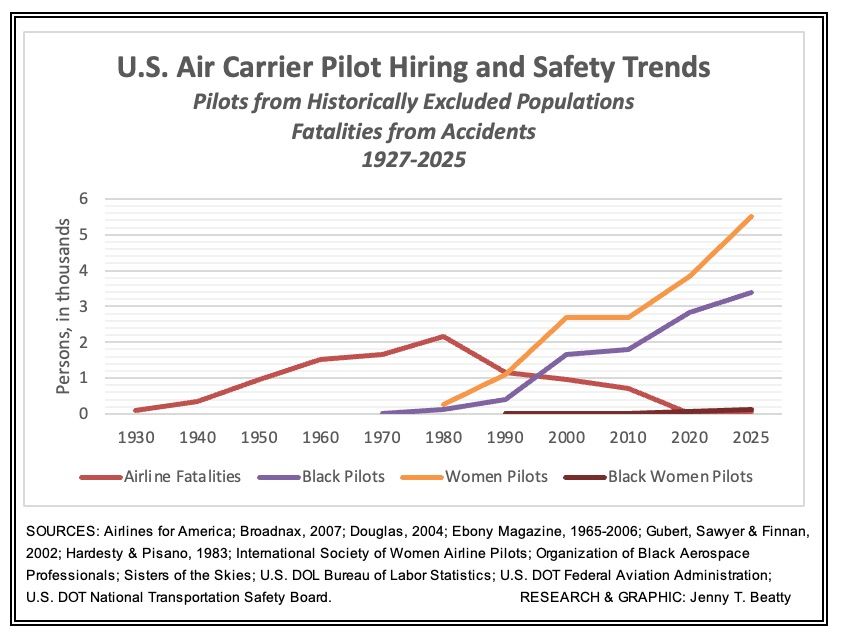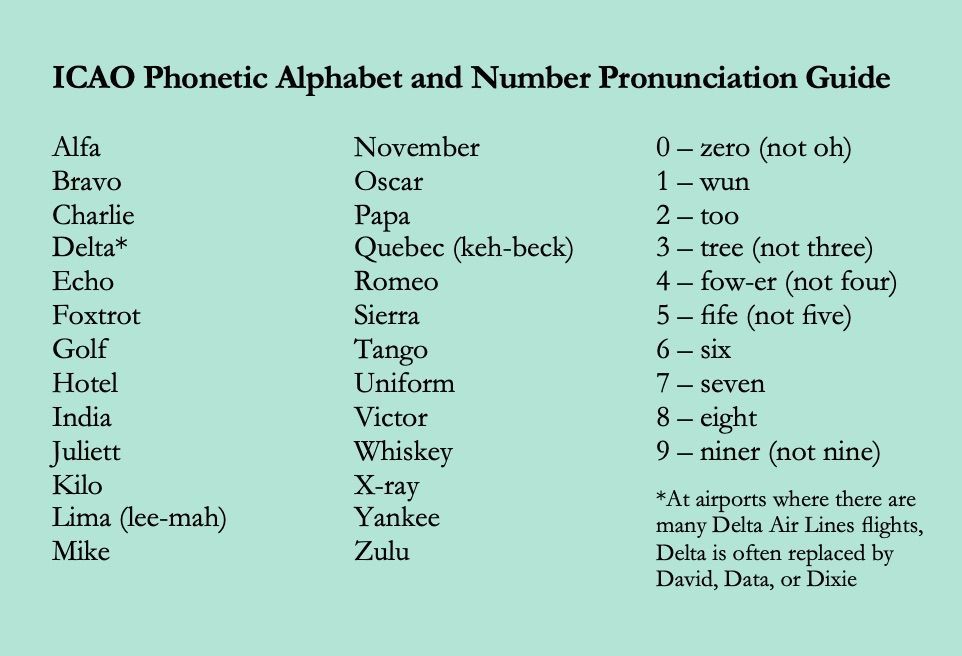Critical Incident Response for Pilots
Vital peer support helps pilots after an incident or accident

The first time Captain Mimi Tompkins spoke in public about how traumatic events like flight accidents cause stress to airline crewmembers, a male pilot in the audience spoke up saying that Tompkins just felt that way because she’s a woman.
On the contrary, emotions such as euphoria, anger, and guilt – sometimes one tumbling right after the other – are normal human reactions to abnormal events.
And Tompkins should know. In 1988 Mimi Tompkins was at the controls as first officer on Aloha Airlines Flight 243, the last leg on the last day before starting training for captain. Not far into the flight, part of the aircraft fuselage ripped apart. The pilots did not know the extent of the damage until after landing. Flight Attendant Clarabelle "C.B." Lansing died, and many passengers were severely injured.
Following the accident, Tompkins continued flying and completed her upgrade to captain while, slowly and insidiously, she began to suffer from emotional numbness, insomnia, and flashbacks. She was hyper-vigilant and easily startled by noises resembling those of the accident.
Post-Accident Stress -- Post-Traumatic Stress
These symptoms of Post-Traumatic Stress Disorder (PTSD) are familiar to mental health professionals. While many people feel the repercussions of traumatic events, those directly involved – crewmembers, survivors, and even rescue workers – suffer more acutely. Left untreated, persistent stress reactions may develop into PTSD and even cause some people to abandon their professions.
Tompkins never considered quitting. With the black-and-white concreteness of cockpit procedures and the quiet acceptance of Viet Nam War veteran colleagues, flying ‘grounded’ her. FAA doctors concurred that she was safe to fly and granted her a waiver. And, as for many, Tompkins’ identity was closely tied to being an airline pilot. “If I had lost that, I would have lost my whole self,” she says now.
Then she was jarred by the news of another accident. Having learned that PTSD can be prevented by early intervention, she was determined to get help for surviving crewmembers. But she discovered that physicians are barred from initiating contact with potential patients, and that even major airlines lacked support systems or emergency response plans for employees. This spurred her to action: If no one else could help crewmembers, then she would find a way to do it herself.
In reaching out to help others, Tompkins set herself on a path toward wholeness and wellness. Not only that, she became the catalyst of a support system for her airline pilot colleagues who, without crisis intervention, might suffer from potentially debilitating and career-crippling stress reactions.
A New Peer Support Program
The real turning point came when Tompkins shared her story at the Air Line Pilots Association (ALPA) safety conference and a pilot dismissed her as an overwrought woman. This prompted another pilot to relate his experiences working in the 1970s with ex-military airline pilots who were severely distressed after being hijacked. He attributed his subsequent heart problems to the stress of consoling those troubled pilots and their families. Traumatic events affect men, too, he said, but unlike Tompkins, they don’t have the guts to stand up and say so.
ALPA promptly formed an exploratory task force, which discovered the International Critical Incident Stress Foundation. ICISF co-founder Jeffrey T. Mitchell, Ph.D., a firefighter turned psychologist, articulated for the first time the reluctance of firefighters, police officers, and emergency service workers to consult mental health practitioners; like military officers and pilots, they are concerned about the potential negative impact on their careers.
More importantly, Mitchell found that firefighters suffering after horrible trauma were better helped by their firefighter peers than by psychologists. Peers can understand the difficulty of being in a life-threatening situation and feeling out of control. Tompkins agrees, recalling, “If a pilot would come up and say, ‘this is what happened to me, this is what I went through, and this is where I am now,’ it was immensely helpful to me.”
Mitchell developed a training program in which volunteers learn about stress, how to cope with it, and how to use a checklist to talk to somebody else about a critical event. The pilots on the ALPA task force liked the standardized training and familiar checklist format, and launched their own program in 1994. ALPA’s Critical Incident Response Program committee was formally established in 1996 with Captain Mimi Tompkins as its first chair.
Critical Incident Response Programs
Today most airline unions have a critical incident response program (CIRP) that works in concert with the company’s flight operations management, emergency response plan, and employee assistance program. An in-flight engine shutdown, aborted takeoff, or incident in which a passenger or crewmember is injured or killed might trigger the CIRP. A peer support volunteer initiates contact with the crewmember as soon as possible for a short defusing, in which the volunteer listens empathetically and offers suggestions on coping with stress. For severely stressful events, a critical incident stress debriefing is organized for all crewmembers to discuss the traumatic incident with a mental health professional.
It is important to distinguish between these sessions and conventional psychological therapy, since the latter presumes that something is “wrong”. By contrast, CIRP sessions help normalize what a person is feeling in reaction to a traumatic event. Therapy might be advisable for more profound, persistent stress reactions. “Peer support is not counseling and it is not therapy,” Tompkins emphasizes. “What we try to do is be the bridge to counseling or whatever assistance that person might need.”
There are parallels to the recovery program Alcoholics Anonymous, including having one’s own peers as a key source for support (many peer support volunteers are themselves survivors of traumatic events) and confidentiality (no records are kept on peer support contacts).
The similarities do not end there, as many airlines are broadening the scope of their CIRP programs beyond aviation incidents. “There are still people who fall through the cracks,” says Captain Nancy Novaes. “I was one of them.”
When they were co-chairs of the Peer Support Team of the International Society of Women Airline Pilots, Captain Novaes of Continental Airlines and Captain Lucy Young of US Airways found the CIRP technique effective for victims of sexual harassment and other incidents, including those not job-related.
Pilot Assistance Programs
Going one step further, Novaes later became the chair of Pilot Assistance for Continental Airlines / Continental Express ALPA. Modeled after a program used in Canada for many years, Pilot Assistance is the logical extension of ALPA’s CIRP and alcohol rehabilitation programs, offering support and referrals for pilots experiencing on- and off-the-job difficulties ranging from substance abuse to bereavement and problems with teenage children.
“Pilot Assistance is first aid and a source for referrals for any pilot who needs more than a shoulder to lean on,” says Novaes.
The terrorist hijacking of four airliners on September 11, 2001 required a new CIRP response. Leaders organized mass debriefings in hotels where hundreds of airline crewmembers were stranded. In her role as US Airways CIRP vice chair, Captain Young led debriefing sessions for company crewmembers, and also assisted with contacting other airline crews at hotels and at home in the Boston area, offering individualized peer support.
Many other women have been drawn to helping their fellow pilots. First Officer Cheryl Trentman worked closely with the families of the pilots killed in the TWA 747 crash off the coast of Long Island, New York. Captain Debbie Geise organized family stress sessions as Air Wisconsin pilots prepared to strike. Captain Michelle Gaffney and First Officer Wendy Albright coordinated the CIRP response to the fatal Emery Air DC-8 crash in Sacramento.
After American Airlines lost three aircraft and crews within three months in 2001, Captain Charlene Sammis and First Officer Pam Leone helped crewmembers cope. Other notable CIRP leaders: Captain Carin Octigan of America West, Captain Laurie Peterson and First Officer Stacy Chow of Hawaiian Airlines, Captain Sandy Anderson of Northwest Airlines, and First Officer Jessica Hatfield of US Airways.
Although stress reactions to trauma are not limited to women, clearly women have responded to traumatic incidents with an outpouring of caring and empathy, to the incalculable benefit to those in need. And since women still comprise only a tiny fraction of all airline pilots, it's fascinating that women’s influence in our airline pilot profession is first evident here, in the woman who had the guts to stand up and share her story of trauma and triumph, and in the many women who are leaders in critical incident response and pilot assistance programs that support our peers.
Update
Since this article was first researched . . .
Aloha Airlines ceased operations in 2008, and Captain Mimi Tompkins went to work for Hawaiian Airlines. Her work was recognized by ALPA in 2010 with the Pilot Assistance Award. She is now retired.
The following airline mergers took place: America West merged with USAir in 2005 to become US Airways; Northwest Airlines merged with Delta Air Lines in 2009; Continental Airlines merged with United Airlines in 2010; and US Airways merged with American Airlines in 2013.
© 2002 - 2020 Jenny Beatty. All Rights Reserved.
Photo: Damage to Aloha Airlines Boeing 737 named Queen Lili‘uokalani, following the emergency landing Flight 243 at Kahului Airport, Hawaii, on April 28, 1988.
Photo credit: U.S. National Transportation Safety Board.
An earlier version of this article was published in Aviation for Women magazine in 2002.









